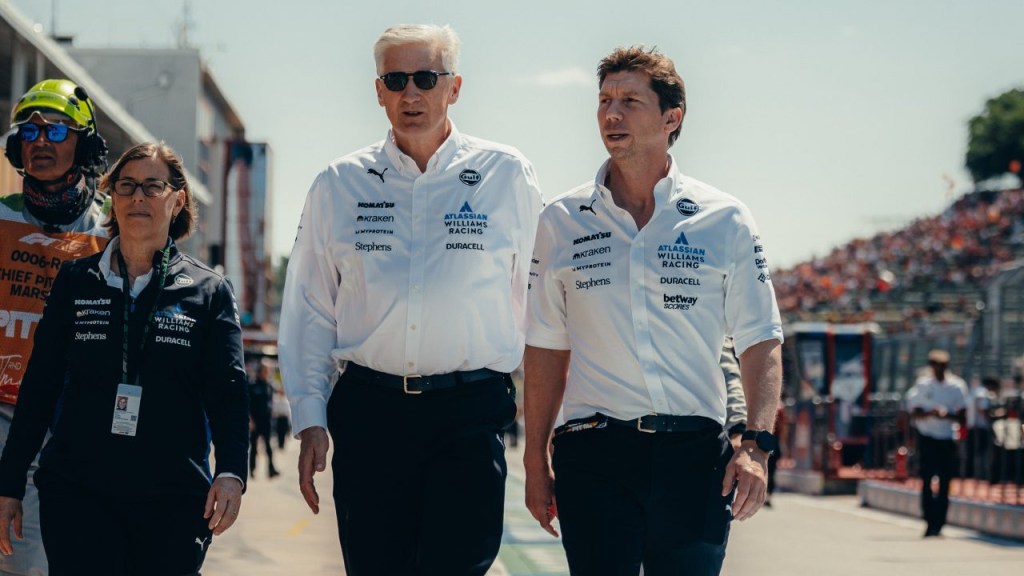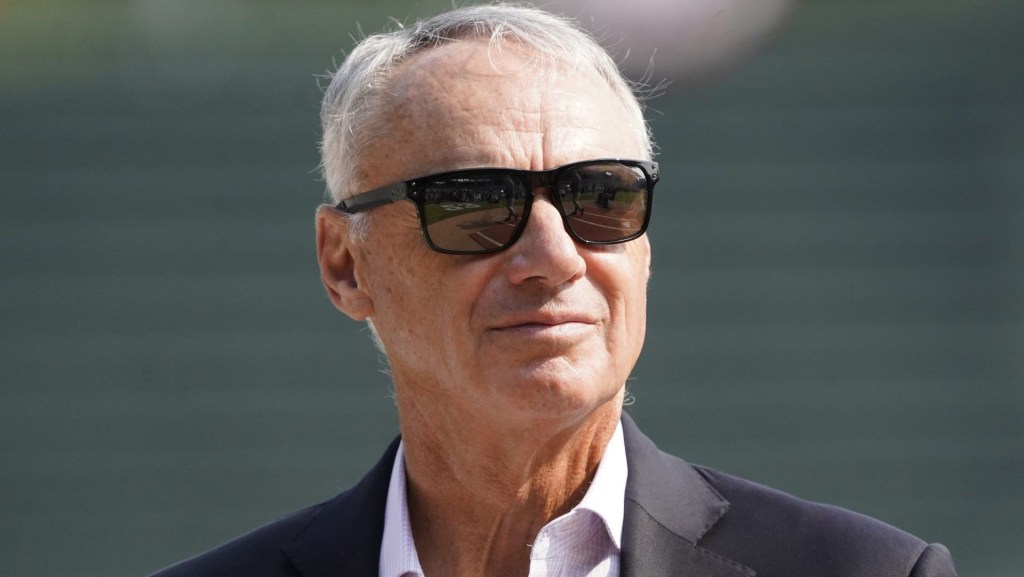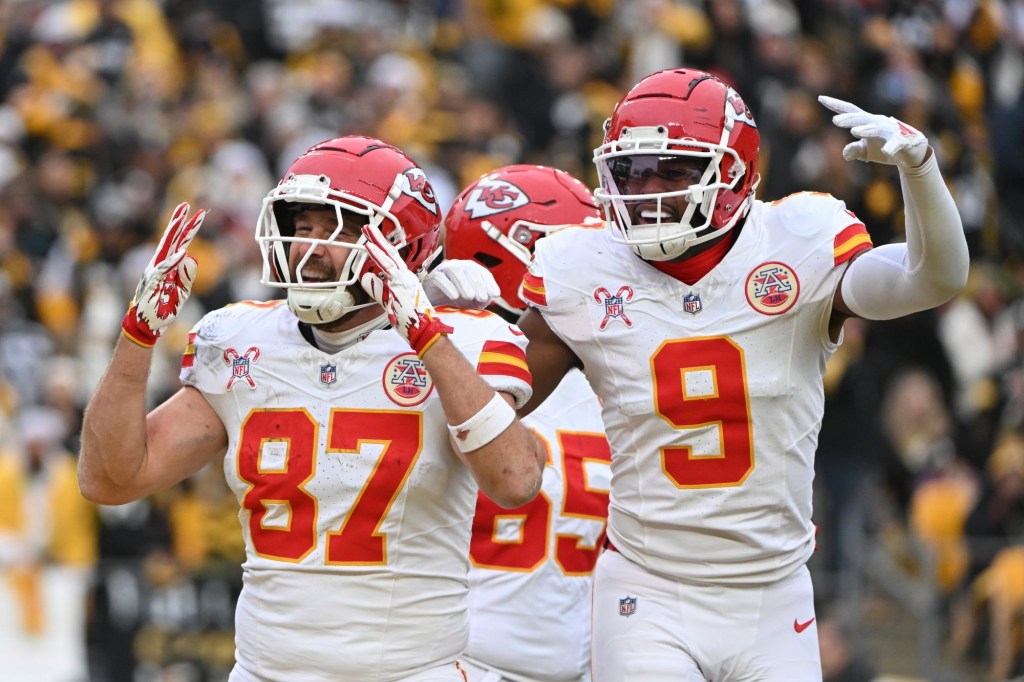On July 12, reports surfaced that Peloton plans to end in-house manufacturing and instead expand its current relationship with Taiwanese manufacturer Rexon Industrial.
The motive behind this specific move is CEO Barry McCarthy’s promise to simplify the company’s cost structure and complex, overextended supply chain. At the beginning of his tenure in early 2022, McCarthy and Peloton announced that they would be looking to slash roughly $800 million in costs.
It was an ambitious goal, and subsequent financial reports spelled more trouble: Fiscal Q3 2022 earnings in May showed net losses of $757 million.
Peloton ended the quarter with just $879 million in cash and equivalents. The low cash balance, plus significant losses on the P&L, left the company thinly capitalized for a business of its scale.
Now, cost-cutting initiatives finally seem to be in place. Removing the burden of managing its own supply chain and manufacturing will allow Peloton to be more agile in its demand forecasting — something lost on previous CEO John Foley during the company’s pandemic expansion.
New CEO McCarthy is a finance veteran with previous stints as a key executive at Netflix and Spotify and has publicly stated that he wants Peloton to be a subscription business, not a manufacturer.
The concept has its pros and cons. Subscription businesses have strong margins, recurring revenues, and better inventory management. But dropping manufacturing would abandon Peloton’s core competence — building the world’s best connected fitness products.
The departure from manufacturing will be a hard pill to swallow, but could ultimately be the lifeline Peloton so desperately needs.
The Pandemic ‘Poster Child’
Remember when Peloton was the darling of the capital markets? In December 2020, the share price hovered around $162. Since then, the price has dipped by 94%.
Peloton might have been the quintessential pandemic company. Its stationary bike connects users virtually with other riders and instructors, making it a must-have product for periods of prolonged isolation.
But once people were able to leave their homes, it went from must-have to nice-to-have. And from there the spiral began. Most analysts agree that the driving force behind the downturn was hubris in demand forecasting.
- In mid-2021, the unexpected uptick in demand showed the cracks in Peloton’s logistics — delayed delivery times led to a flood of customer complaints.
- In late 2021, amid further supply chain issues, the company took months to make repairs and recalled over 30,000 bikes, further frustrating users.
- By January 2022, the company was discussing layoffs, reportedly pausing production of new equipment, and halting plans to open a new $400 million U.S.-based factory.
- In February, it was rumored that Amazon, Nike, and Apple were eyeing Peloton as a potential acquisition.
- Later in February, Foley announced that he would step down as Peloton’s CEO and that the company would slash 2,800 jobs — about 20% of its workforce.
Plenty more transpired — a six-year-old tragically died in a treadmill accident, while a character in the “Sex and the City” reboot “died” using the bike, leading to even more bad PR.
Economically speaking, there was a fundamental misunderstanding of what the pandemic had done to consumer behavior — increased demand for bikes did not mean that the market was growing.
The ‘Pull Forward’ Phenomenon
The start of the pandemic accelerated the adoption of certain services, exceeding existing supplies — essentially pulling forward demand so companies could add more customers than expected.
Some saw turbo-charged user growth, as millions added certain apps to entertain them while sitting inside all day. There was, however, a tradeoff: User growth would then underperform after the early surplus in demand.
This was the case for Peloton, which saw a surge in bike sales and its stock.
Some analysts thought increased sales and growth meant an accelerated steepening of the adoption curve of at-home fitness equipment. Even Goldman Sachs raised its price target for the stock, assuming the fitness landscape had fundamentally changed.
In an interview with Bloomberg at the end of 2021, BMO Capital Markets executive Simeon Siegel explained why the demand for Peloton’s products had seemingly dried up.
“From the beginning, our concern was that Covid was going to prove a pull-forward of demand rather than an expansion of it,” Siegel said. “That’s what we’re seeing right now — the faltering of demand. The problem was when 80% of the company’s business is driven by equipment sales, and equipment sales are generally a one-time thing.”
And when you incorrectly forecast demand, inventory tends to pile up. Just look at the value of unsold Peloton inventory over the years:
- 2020: $19 million
- 2021: $937 million
- 2022: $1.4 billion
It wasn’t so much that people were losing interest in Peloton — it’s just that everyone who wanted one already had one.
An Uphill Climb
The first six months of 2022 allowed McCarthy and Peloton executives to set the tone — but while cutting expenses and generating positive cash flow is a nice thing to pronounce to shareholders, outsourcing manufacturing is the first actionable step we’ve seen.
Don’t anticipate seeing too many changes on the income statement in Q4, as the transition will probably take time. One of the primary goals for Peloton is to cut the cost of connected fitness goods sold by $300 million by 2024.
What we might see, however, is some uptick in overall revenue as the company reconfigures its revenue profile. As of its most recent filing, only 19% of revenue comes from subscriptions. Most importantly, the company still churns only 0.75% of its users — a ridiculously low number.
When someone subscribes to Peloton, they aren’t going anywhere. If McCarthy is able to shift that revenue mix toward subscriptions in a meaningful way, there might just be a second act for Peloton.
















